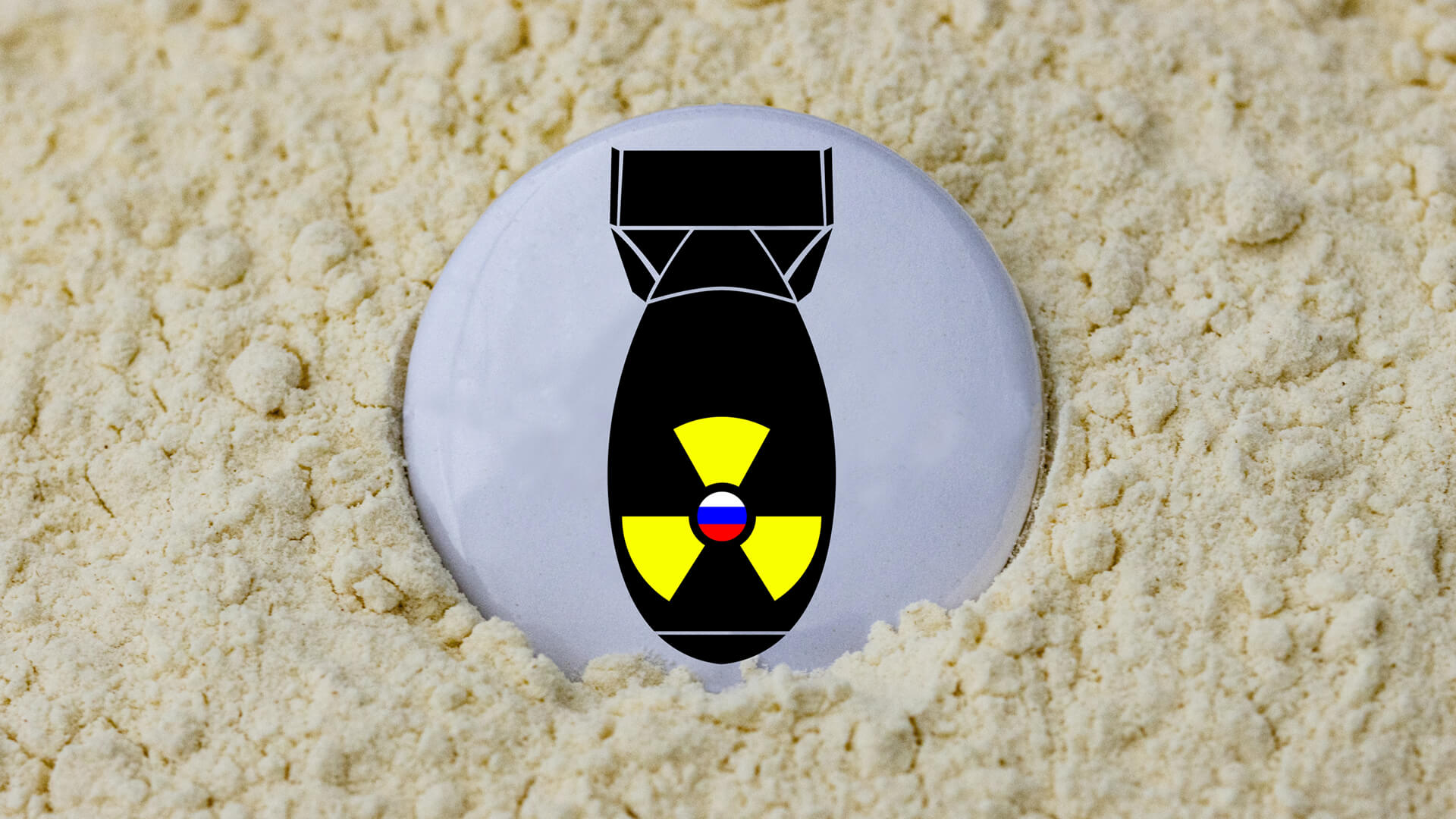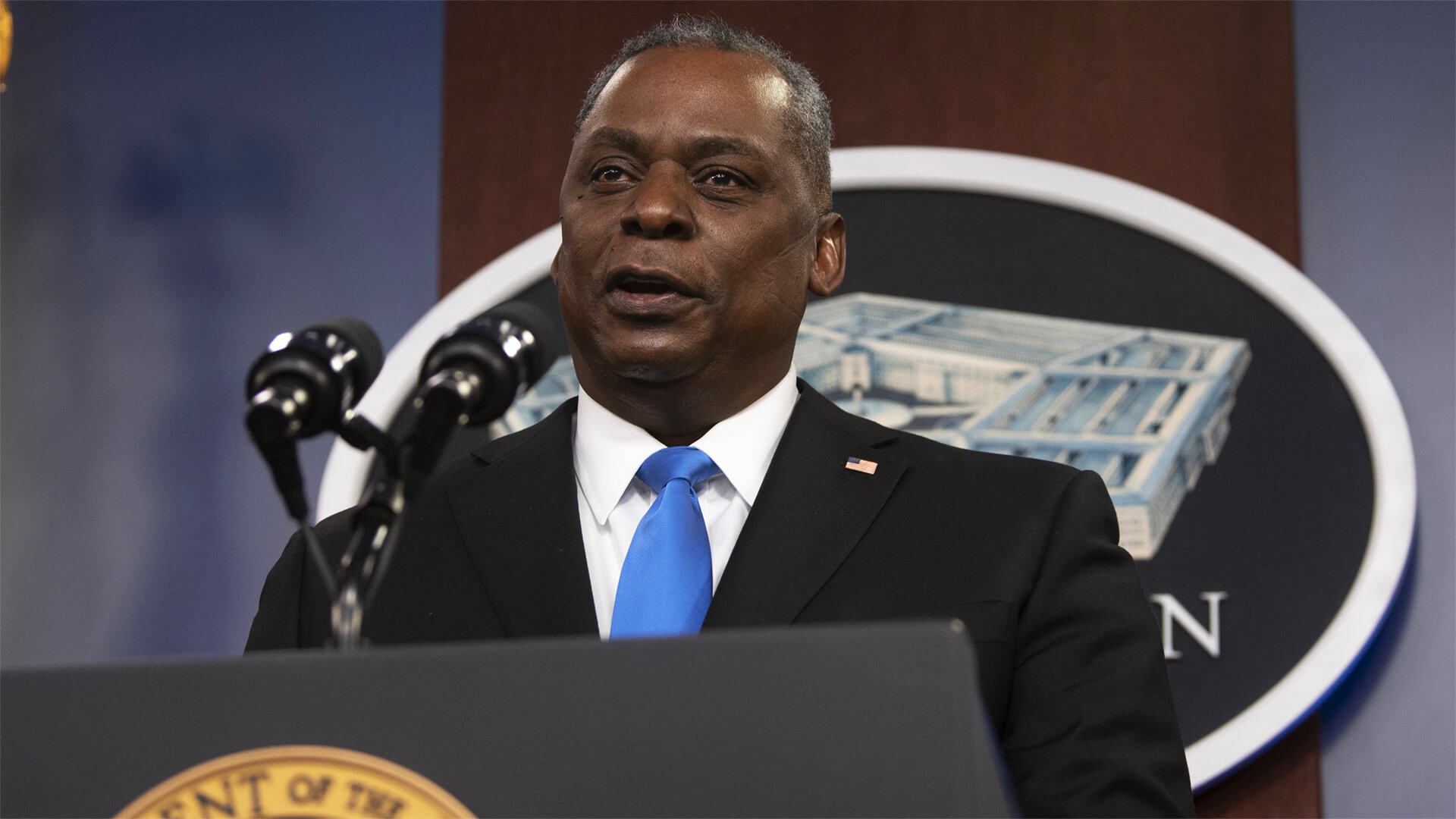Every agricultural, industrial and energy commodity has its own story as regards its geography of production, supply chains and use. I try to get to as many of them as possible in the new book, The End of the World is Just the Beginning: Mapping the Collapse of Globalization. Change one thing about the global system and the way we source and use each product evolves. Rice is ridiculously vulnerable to changes in rainfall patterns. Work from home (or stop working from home) and oil markets lose their minds.
But the commodity I’ve always personally found the most fascinating is the saga of cotton. There is far more to cotton than “merely” being the “fabric of our lives”.
Cotton was the original industrial commodity, putting it at the heart of everything from urbanization to mercantilism to the women’s rights movement. Everything about cotton sits at the intersection of human rights, trade wars, climate change, technology, and economic development patterns. Cotton’s story is nowhere near over. In fact, its near-term future will be among the most storied…stories of the deglobalization era.
NB: The following video is one I recorded while on my annual backpacking trip in August; please excuse any potential anachronisms. I did not mention India as a cotton producer because they’re bit of a separate case from the rest of the world’s main producers, despite their size. Monsoon rather than river or aquifer irrigation is the norm, and they have a host of production challenges (and low production yields) and processing limitations that set them apart not just from China, but smaller countries like Vietnam, Bangladesh and Turkey as well.
We have never and will never charge for our newsletters or videos, but we do have an ask. If you enjoy our products, we ask you consider supporting MedShare by clicking one of the links below. MedShare is an established non-profit organization that helps respond to medical need globally, including to the ongoing crisis in Ukraine.












